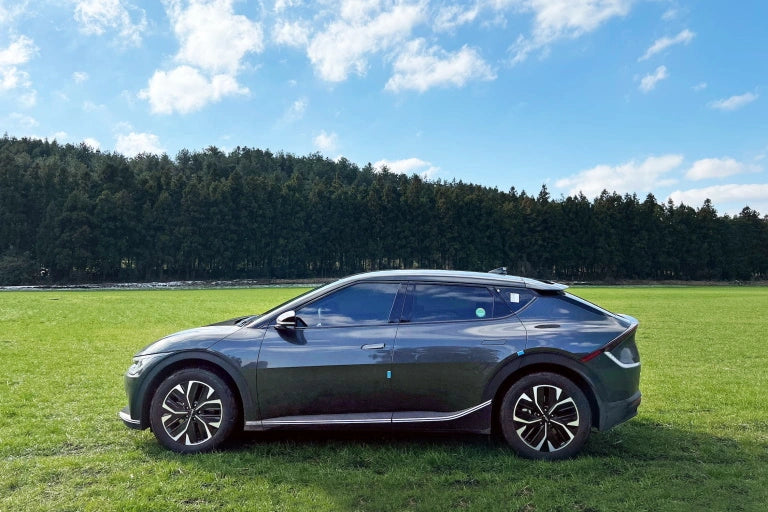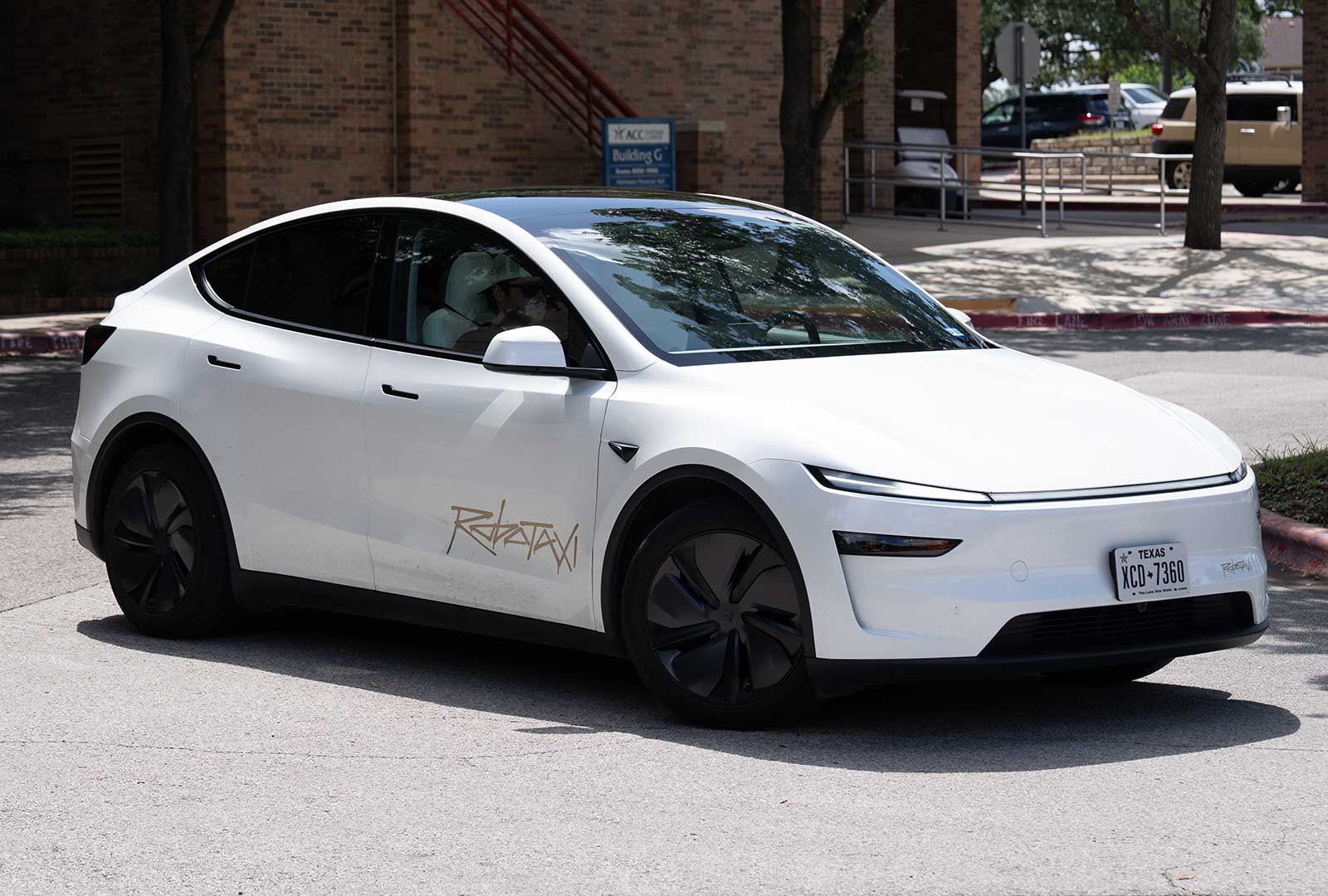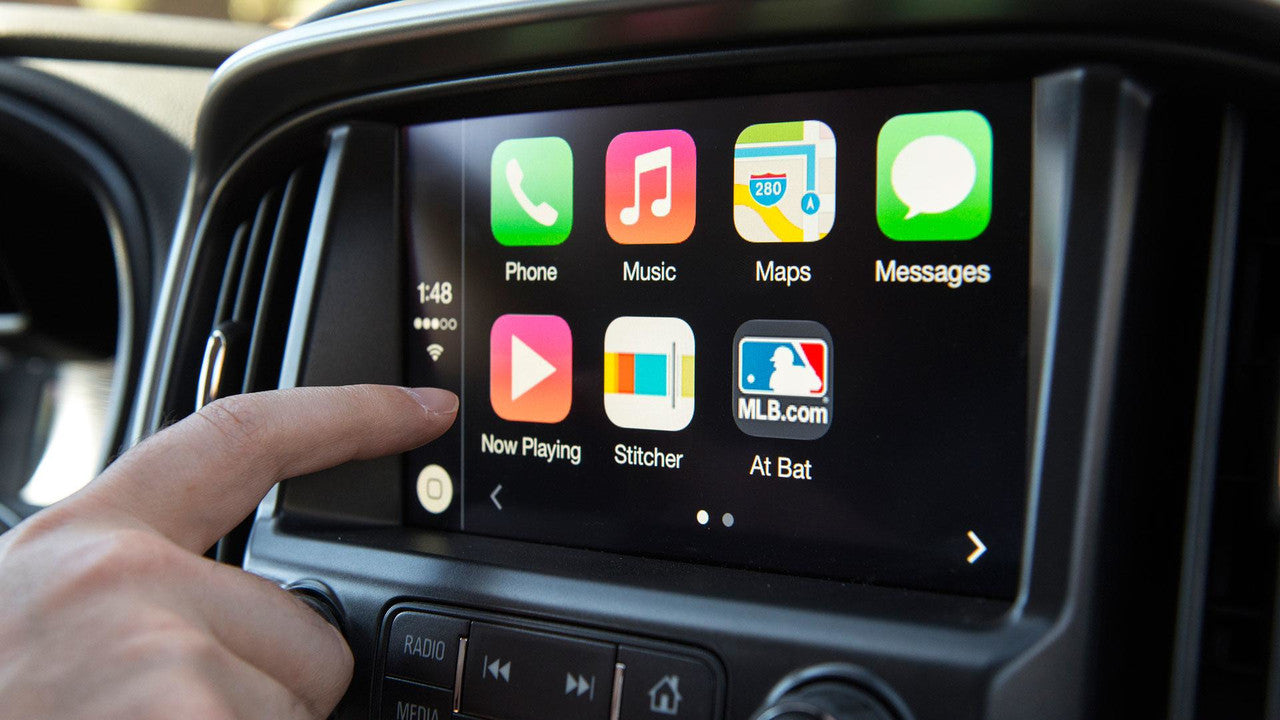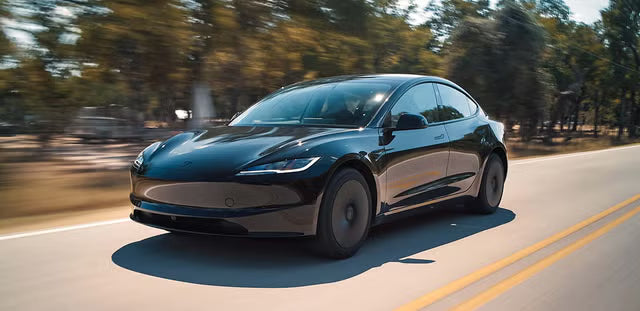Alors que les véhicules électriques (VE) continuent de gagner du terrain dans le monde entier, leur écosystème évolue rapidement. L'attention ne se limite plus à la vitesse ou à l'autonomie des VE : l'attention se porte désormais sur leur intégration à notre infrastructure énergétique globale. L'une des innovations les plus transformatrices dans ce domaine est la recharge bidirectionnelle , une capacité qui permet aux VE non seulement de s'alimenter en électricité du réseau, mais aussi de la réinjecter dans des systèmes externes. C'est là qu'interviennent les technologies Vehicle-to-Load (V2L) et Vehicle-to-Grid (V2G) , ouvrant la voie à de nouveaux usages prometteurs pour la mobilité, la résilience et la durabilité.
Qu'est-ce que la charge bidirectionnelle ?
La recharge bidirectionnelle désigne la capacité du groupe motopropulseur et de la batterie d'un véhicule électrique à permettre la circulation de l'énergie électrique dans les deux sens : du réseau ou du chargeur vers le véhicule (recharge traditionnelle) et du véhicule vers les systèmes externes (décharge). Cette capacité transforme efficacement une voiture électrique de simple consommateur d'énergie passif en un nœud énergétique actif .
Contrairement à la recharge unidirectionnelle , qui ne permet à l'énergie de circuler que dans un seul sens – du réseau vers la batterie –, les systèmes bidirectionnels permettent une interaction dynamique entre les véhicules électriques et leur environnement électrique. Cela ouvre la voie à de nouvelles applications pour l'alimentation de secours, l'optimisation des coûts et la stabilisation du réseau.
Les deux principales variantes de la charge bidirectionnelle :
-
V2L (Vehicle-to-Load) : cela permet au VE de fournir du courant alternatif directement aux appareils et dispositifs externes, transformant ainsi efficacement la voiture en un générateur mobile.
-
V2G (Vehicle-to-Grid) : Cette application plus avancée permet au VE d'interagir avec le réseau électrique, en réinjectant de l'électricité pendant les périodes de pointe et en se rechargeant pendant les heures creuses.
V2L : dynamiser la vie en mouvement
Le système Vehicle-to-Load (V2L) est déjà disponible sur plusieurs modèles de véhicules électriques. Il fournit généralement une sortie de 110 V ou 220 V CA via une prise dédiée ou un adaptateur externe . Avec le V2L, vous pouvez brancher des appareils tels qu'un micro-ondes, des outils électriques, des appareils médicaux, des ordinateurs portables ou des éclairages directement sur le véhicule.
Principales caractéristiques de V2L :
-
Onduleur embarqué : convertit le courant continu de la batterie en courant alternatif pour les appareils standards.
-
Simplicité Plug-and-Play : ne nécessite aucune infrastructure supplémentaire ni approbation de service public.
-
Alimentation portable : transforme votre véhicule électrique en source d’énergie autonome.
Applications concrètes :
-
Sauvegarde d'urgence : En cas de panne de courant ou de catastrophe naturelle, V2L peut maintenir les appareils critiques en fonctionnement.
-
Camping et activités de plein air : les lumières, les équipements de cuisine et même les appareils de divertissement peuvent être alimentés dans des endroits éloignés.
-
Chantiers : V2L peut supporter des outils et des postes de travail sans nécessiter de générateur.
-
Food Trucks et entreprises mobiles : les entrepreneurs peuvent fonctionner temporairement hors réseau en utilisant leur véhicule électrique comme source d'énergie.
Bien que le V2L n’implique pas d’interaction avec le réseau, son potentiel d’indépendance énergétique est vaste, en particulier dans les régions sujettes à l’instabilité électrique.

V2G : une nouvelle dimension du support réseau
La recharge bidirectionnelle (V2G) franchit une nouvelle étape. Elle permet aux véhicules électriques de participer directement à la gestion du réseau en restituant l'électricité stockée au fournisseur d'électricité lors des pics de consommation ou des situations d'urgence. En contrepartie, les propriétaires de véhicules bénéficient d'incitations ou de tarifications dynamiques.
Comment fonctionne V2G :
-
Lorsque le réseau connaît une forte demande, les véhicules compatibles V2G peuvent décharger l'énergie stockée dans le système.
-
Lorsque la demande est faible, les véhicules se rechargent, profitant souvent de tarifs moins chers ou de pics de production d’énergie renouvelable.
-
Ce flux bidirectionnel peut être géré de manière autonome grâce à des chargeurs intelligents et des logiciels.
Avantages du V2G :
-
Équilibrage de la charge du réseau : réduit la pression sur l’infrastructure pendant les heures de pointe.
-
Réduisez vos coûts énergétiques : participez aux programmes de tarification en fonction de l’heure d’utilisation (TOU) et de réponse à la demande.
-
Intégration des énergies renouvelables : Stockez l’excédent d’énergie solaire ou éolienne pour une utilisation ou une distribution ultérieure.
-
Génération de revenus : les futurs modèles pourraient permettre aux propriétaires de véhicules électriques de revendre de l’énergie au réseau.
Conditions requises pour V2G :
-
Un EVSE (équipement d'alimentation de véhicule électrique) bidirectionnel — la plupart des chargeurs domestiques actuels ne sont pas compatibles V2G.
-
Un véhicule compatible V2G avec contrôle par onduleur.
-
Partenariat avec les services publics et intégration du réseau intelligent , y compris les protocoles d'autorisation et de communication logicielle.
-
Compteur intelligent pour suivre avec précision les exportations et les importations d'énergie.
Le V2G n’est pas encore largement déployé, mais les premiers programmes pilotes aux États-Unis, en Europe et au Japon montrent des résultats prometteurs tant pour les propriétaires de véhicules électriques que pour les fournisseurs de services publics.

V2L vs. V2G : un tableau comparatif
| Fonctionnalité | V2L | V2G |
|---|---|---|
| Direction de l'énergie | Véhicules électriques ➝ Appareils électroménagers | Véhicule électrique ⇄ Réseau |
| Cas d'utilisation principal | Alimentation de secours, besoins mobiles | Services de réseau, revente d'énergie |
| Besoins en infrastructures | Aucun (prise secteur ou adaptateur) | Configuration EVSE bidirectionnelle + utilitaire |
| Système de contrôle | Manuel/contrôlé par l'appareil | Contrôlé par le service public/le réseau |
| Réglementation impliquée | Non | Oui |
| Monétisation | Non | Potentiel de revente d'électricité |
Le rôle de la recharge bidirectionnelle dans un réseau plus intelligent
Alors que le secteur énergétique évolue vers des sources décentralisées et renouvelables, la recharge bidirectionnelle pourrait devenir un élément clé des réseaux de ressources énergétiques décentralisées (RED). Imaginez un avenir où des millions de véhicules électriques constitueraient collectivement une batterie géante et intelligente, se chargeant lorsque l'énergie solaire ou éolienne est abondante et se déchargeant lorsque le réseau en a besoin.
Les véhicules électriques équipés de capacités bidirectionnelles peuvent :
-
Assurer la régulation de fréquence et le support de tension aux services publics.
-
Agir comme des actifs de réponse à la demande dans les opérations d’écrêtement des pointes.
-
Optimisez la consommation d'énergie dans les systèmes de gestion de l'énergie domestique , en particulier dans les maisons intelligentes équipées de panneaux solaires sur le toit et de stockage sur batterie.

Adoption et perspectives de l'industrie
Plusieurs constructeurs automobiles intègrent désormais V2L et V2G dans leurs nouvelles plateformes de véhicules :
-
Hyundai IONIQ 5 / IONIQ 6 : Proposez V2L en tant que fonctionnalité standard avec un adaptateur externe.
-
Ford F-150 Lightning : équipé d'une alimentation de secours intelligente pour la résilience de la maison.
-
Nissan LEAF : Parmi les pionniers de la conception compatible V2G.
-
Renault et Mitsubishi : des projets pilotes V2G en Europe.
Pendant ce temps, les entreprises de services publics et les innovateurs en matière de réseaux intelligents testent des déploiements à grande échelle où les flottes équipées de V2G peuvent contribuer à stabiliser l’approvisionnement énergétique régional.
Diagrammes visuels
V2L (véhicule-charge)

V2G (Véhicule vers réseau)

Conclusion : Les véhicules comme citoyens énergétiques
La recharge bidirectionnelle est plus qu'une simple fonctionnalité : c'est un changement radical dans notre façon de concevoir l'énergie. Votre voiture n'est plus seulement un moyen de transport. C'est un moyen d'alimentation flexible, un générateur de secours et une source potentielle de revenus. Que ce soit via le V2L pour l'autosuffisance ou le V2G pour la collaboration avec le réseau , les véhicules électriques sont en passe de transformer l'avenir de la distribution et de la consommation d'énergie.
À mesure que la technologie gagne en maturité, on peut s'attendre à une intégration plus étroite avec les maisons intelligentes, les systèmes renouvelables et les programmes énergétiques communautaires. La frontière entre transport et infrastructures s'estompe, ce qui est bénéfique pour la résilience, la durabilité et l'innovation.
Catégorie : Technologie des véhicules électriques / Systèmes énergétiques
Nombre de mots : ~1 070 mots








Partager:
Quelle est l'autonomie d'une Volkswagen ID. Buzz avec une charge complète ?
Qu'est-ce que le V2H ? Comprendre la technologie de l'énergie de véhicule à domicile